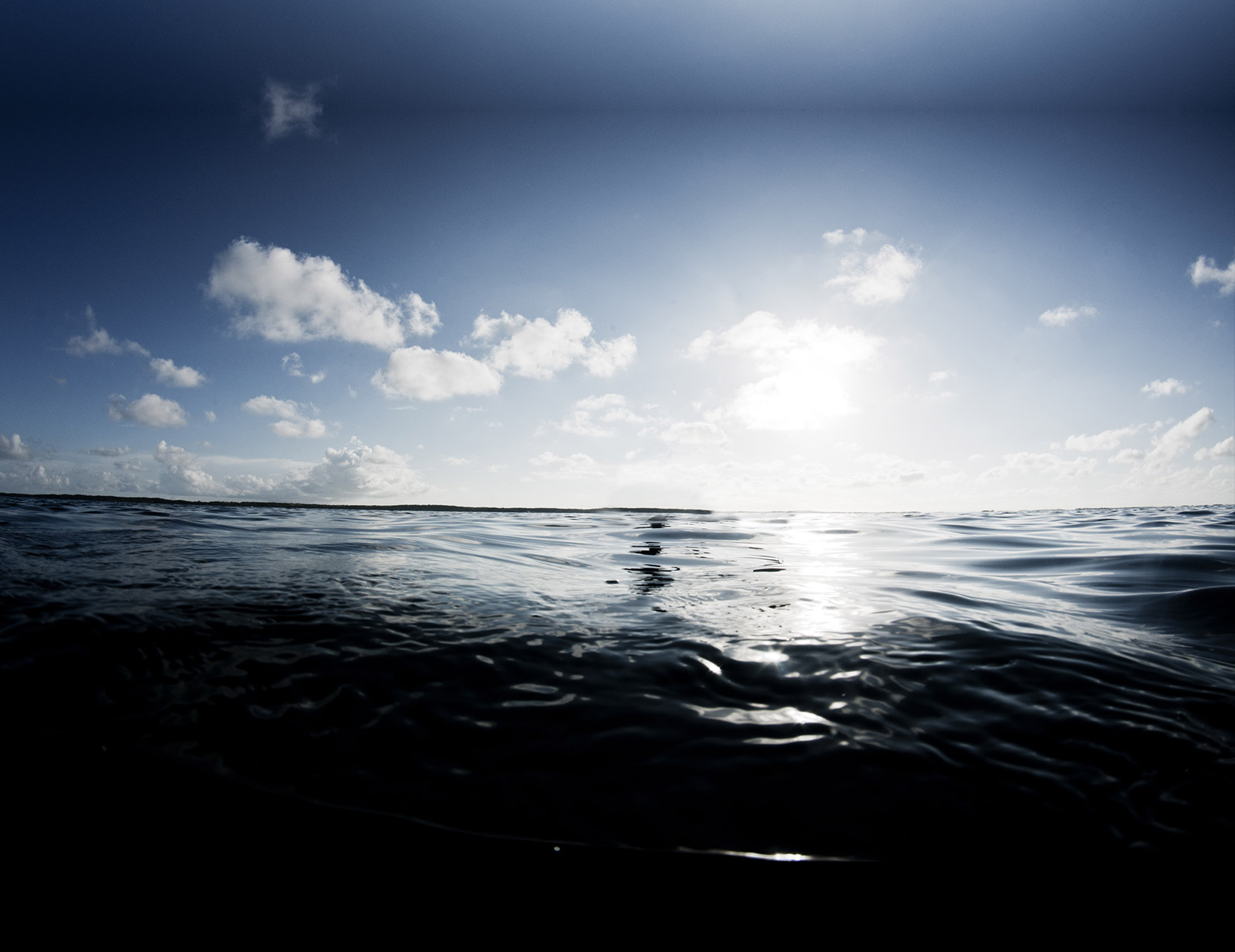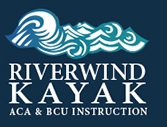Essentials of Kayak Touring
ACA L-2
Course Objectives: To teach beginner paddlers to safely and enjoyably kayak on lakes, calm protected ocean environments, and other flatwater settings.
Course Duration: Eight hours
Course Location: Calm, protected flatwater, within swimming distance of shore.
Course Ratio: 1 Instructor to every 5 students (1:5) / 2:10 with an additional instructor or qualified assistant
Successive Courses: Coastal Kayaking Basic Strokes & Rescues, Stroke and Maneuver Refinement, Open Water Skills
The following is a general summary of the course content for Essentials of Kayak Touring. The content and sequence of instruction should be arranged to best fit the students’ needs, class location and time allowances.
Introduction & Logistics
Welcome
Course expectations, limitations and schedule
Review waiver/assumptions of risk and medical disclosure
PFD Policy (always worn on the water)
No alcohol/ dangerous drug use
Respect private property, litter, noise, etc
Proper etiquette on and off the water site-specific procedures, regulations, and times
Personal Preparation
Learning judgment. Prudent behavior, being aware of what you don’t know, can’t handle, or should not risk
Group Equipment: extra paddle, dry bags, first aid kit and rescue equipment (Depending on the environment and nature of the trip this may include cell phones, 2- way radios, paddle floats, rescue slings, etc).
Guidebooks, maps/charts, local knowledge
Assessing relevant existing and approaching environmental conditions including: tides, weather, time of day, water and air temperature, traffic, and accessibility
Assessing personal and group dynamics (skills, equipment, group makeup, emotional concerns, logistics, and leadership).
Filed Trip Plan
Equipment
Life Jackets (PFDs): types, fit
Kayaks: types, materials, parts (including safety features such as flotation)
Paddles: types, materials, parts, length, blade size, shape and offset, hand position
Care of equipment
Personal equipment: water, food, shoes, hat, sunscreen, bug repellent, sun glasses, eyeglass straps, protective clothing for heat or cold, sponge, bailer/pump, whistle (or other approved sounding device), knife, light
Optional equipment and outfitting for improved control
Getting Started
Warm-up and stretching
How to pick up and carry a kayak safely
Car topping: loading and unloading, racks, straps
Launching and landing
Boarding, three points of contact, weight kept low, etc
Spray skirts (if applicable)
Posture, safety, comfort, effectiveness, rocking, balance
Wet exits
Water comfort and confidence
Self Rescue
How to empty a kayak
Basic Terminology
Types of strokes (covered in this course): power, turning
Stroke components: catch, propulsion, recovery (CPR), control, correction
Safe and effective body usage
Safety & Rescue
Exercising Judgment, Safety as a mind-set, etc
Hypothermia/ Cold Immersion Shock: help/huddle, clothing
Dehydration/ hyperthermia: hydration, clothing
Hazards: wind, waves, weather, current, rocks, bridges, piers, dams, strainers, traffic
Paddling as a group
Signaling
Interactions/ Sharing water with non powered and powered traffic
Emergency procedures
Rescue
Rescue sequence: RETHROG
Rescue priorities: people, boats, gear
Demonstrate/participate: T-X rescue
Deep-water re-entries, assisted and solo, with sling, scooping
Boat assisted rescue, assisting a tired swimmer (pushing or pulling to shore)
Towing or bulldozing a capsized boat
Strokes
Forward
Back (stopping)
Draw
Sculling draw/brace
Sweep (including Stern Draw)
Reverse Sweep
Rudder
Low Brace
Maneuvers
Paddling in a reasonably straight line
Spins
Stopping
Moving Abeam
Conclusion / Wrap-up
Need for more instruction, practice, and experience
Demo an advanced maneuver or skill
Trip planning – 6P’s: prior, proper planning prevents poor performance
Homeland Security Awareness
Life sport/paddling options
Local paddling groups/clubs
ACA membership forms/participation cards

